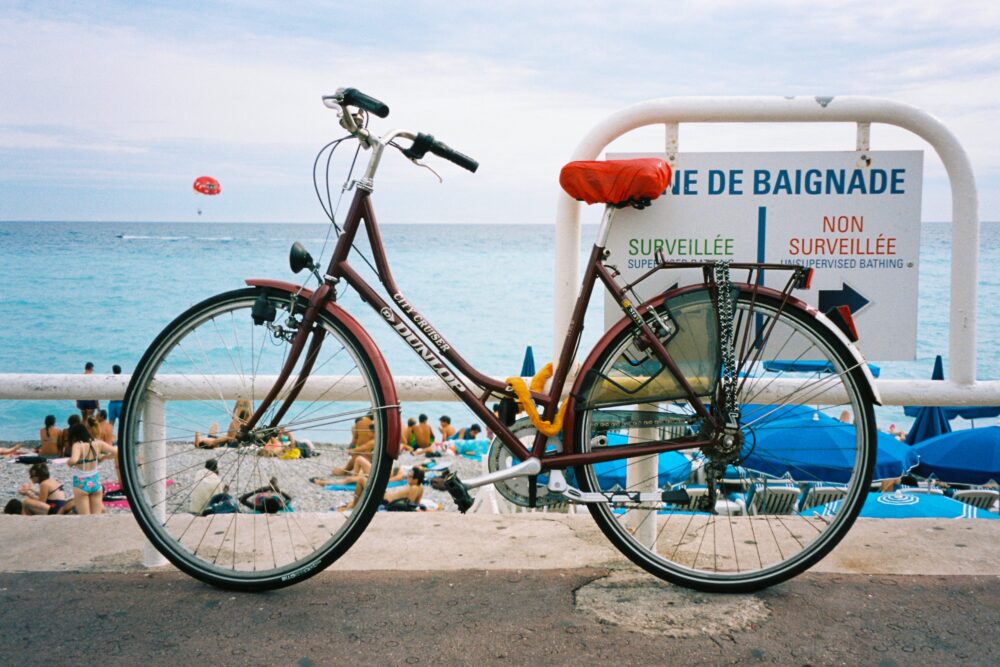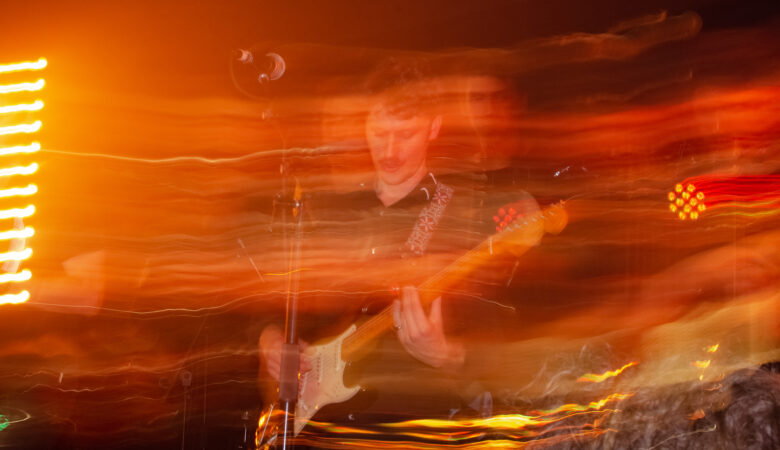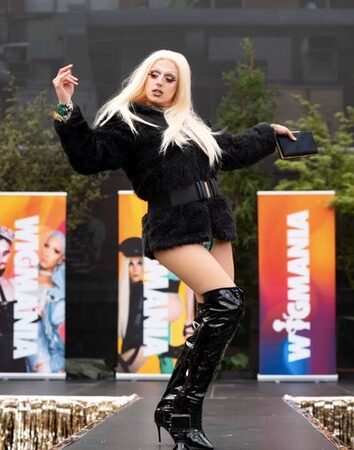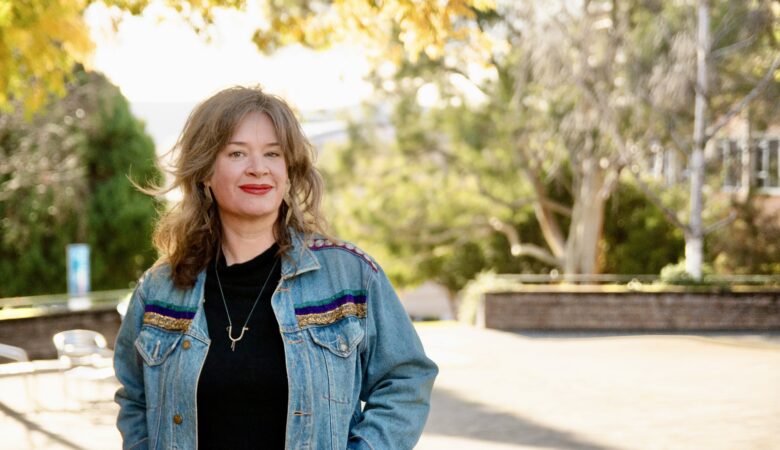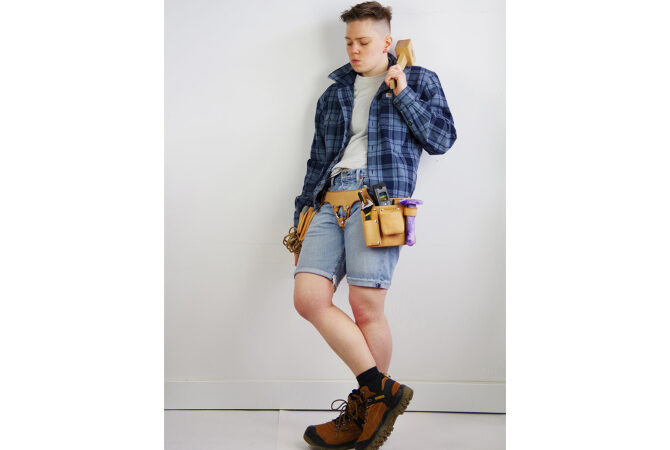In the last few weeks, you might have heard people mentioning the Tour de France. If you’re like me (and you have nothing better to do than sit at home on a Tuesday night with your parents who are fast approaching sixty), you’ve probably seen it at the tail end of the ABC News, or during an ad break for that show on SBS where they learn about their family history (the one where they always cry). For very similar reasons, every July since I was a small child, I’ve watched the Tour de France with my parents.
This is how someone who knows very little about cycling and generally dislikes team sports has ended up in the position of being able to explain a sporting event to you. And I realise that you didn’t ask. But think, maybe if you know a bit about the Tour de France you can finally bond with your decrepit old man, impress a potential sporty suitor or talk your way out of a hostage situation. You never know when this is going to come in handy. So strap in.
The first thing that you need to know is that there are men on bikes. They’re racing. For eternal glory. Oh, and the total $3 million in prize money. They race from a nice village in France, through endless nice villages in France to the Champs-Élysées in Paris. There’s one stage a day, from nice French village A to nice French village B. The race goes for twenty three days. Although they get two of those days off, and the last day they just roll into Paris. Pretty piss-poor really.
There’s a number of different competitions going on at the same time. You’ve got the competition for the best sprinter (the green jersey), the fastest person under 25 (the white jersey) and the person who is best at climbing mountains (the spotty jersey). The Columbians will usually go pretty well at the latter, due to their topographical training advantages. Then there’s the overall race (the infamous yellow jersey), which is won by the person with the fastest overall time. If one guy seems to be riding too far out in front, and other riders just can’t catch up with him, (and you have a Dad like mine) you will always get the accusation that that rider is on drugs. The Tour has a big history of drug-taking. Like serious-drug taking. Like these guys used to do cocaine and then die of a heart attack at the top of a mountain kind of drug taking. Ah, the good old days.
Now (most of the time), instead of using drugs, the riders will use a whole bunch of tactics to win. They have teams, with names like Jumbo-Visma, Ienos Grenadiers and UAE Team Emirates. It all sounds pretty impressive, but really they’re named after their sponsors, who are supermarkets, banks, software developers, car companies and a country who makes their money by exporting oil (no, Australia doesn’t have a team – I’m talking about the UAE). All the different teams have jerseys with pretty different colours, so when the camera is on them from above it looks like a packet of Skittles spilled across the road. The lead skittle will try and break away from the main group, with the help of their team mates, and get the quickest time. That’s as far as I’m going to go into the tactics, because really all you need to know is: be fast, win bike race.
Depending on how long the stages are and how fast of a rider you are, it can take around 83 hours overall to get to the end. Now I know what you’re thinking, ‘Rachel, why don’t they just drive?’ What you need to remember is that this race is frozen in time, in 1903 when it was created. That’s one of the reasons why the race is so prestigious – its been around for a long time and was the first of its kind. Despite that, we all know the real winners are the guys in the team cars who cruise into Paris without even breaking a sweat.
Here we come to a Tour de France fact which will blow your mind. Or at least you might find it vaguely interesting. The name of the race is misleading – they actually often enter surrounding countries like Belgium, Italy, Germany and Spain. This alludes to another of the reasons why the Tour de France is viewed so much more than say the Tour Down Under. It’s much more interesting to cross the border from France into Belgium than it is to cross the border from Adelaide to New South Wales.
If you’re going to watch the Tour de France, or pretend that you’ve watched it, there’s a few tropes of the SBS coverage that you should know about. It’s covered by old riders, and guys from the media like Mike “Tomo” Tomalaris, who’s been covering it for 25 years. That’s longer than I’ve been alive. The guy clearly really likes cycling. You’re going to get the same ad for Skoda, over and over again, because they’re the major sponsor. Their slogan ‘Skoda, simply clever’, will be etched into your brain forever. They have a cooking segment every night, where a French chef will show you how to cook something so oily or fatty that you’ll get a stomach ache just looking at it. They have a DJ and a segment where the viewers send in photos of their pets with the hashtag ‘tourdog’ and ‘tourcat’. I hate it, but in the same way I hate Nan’s salmon curry. It’s kinda gross, but it’s familiar and a laugh to make fun of. The coverage will focus on the ten-or-so Australians who are in the race, with the one who is most likely to win inevitably crashing out weeks – or sometimes days – into the race.
That brings me to the crashes. These guys are travelling at an average of 40km/h. They’re racing in tight packs, taking corners incredibly fast and sometimes even riding over cobblestones. It often rains, snows, hails and blows a gale. And just to add to that dangerous cocktail, the spectators are notoriously stupid. They wear wigs, paint their entire bodies and run alongside the riders in nothing but their undies. So when the riders come a cropper, which they often do, they’re going to hurt themselves. There’s an incredible amount of broken collarbones, dislocated shoulders and burnt skin. On the first stage of the Tour this year, a spectator held up a sign in front of a rider, who of course plowed straight into it. When he fell, so did almost the entirety of the peloton (the main group), completely screwing most of their chances of winning and seriously injuring a couple of guys. So the crashes are bad. But they can also be the wildest part of the tour — when no one is injured. One year a guy tumbled over a bannister on the side of the road, and all the way down a hill, missing every tree. Another year a rider went straight into a spectator’s caravan. Sometimes guys end up on top of each other in a ditch. Riders have also been known to crash into cows that run onto the road.
I’ve left the best part for last, which I would say is probably the part which sets the Tour de France apart from other sports and the main reason that I look up from my phone to occasionally give it my undivided attention. The scenery. They’ve got people with cameras up in helicopters showing those watching from home the best that France has to offer. I’ve mentioned the nice French towns, with their beautiful old buildings and cobble-stoned streets. There’s an incredible amount of churches and crumbling châteaus on the hill-tops. There’s monks who make cheese and nuns who make wine. There’s farm animals of every kind – cows, sheep, pigs, chickens. And rivers of all different shapes and sizes, sometimes with bridges over them. They even go through the Alps, which are snow-topped and have the clearest water running from them. It’s the kind of scenery that makes your heart hurt a little, because you’re stuck with the boring beautifulness of Tasmania. It’s like the European gap year for the Covid-era. A nice break in the countryside and cities of France, before going back to watching re-runs of Friends.
So there you have it, now you know everything you need to know about watching the Tour de France without actually having to watch it. You’re welcome. I’ll leave my bank details in the comments.

